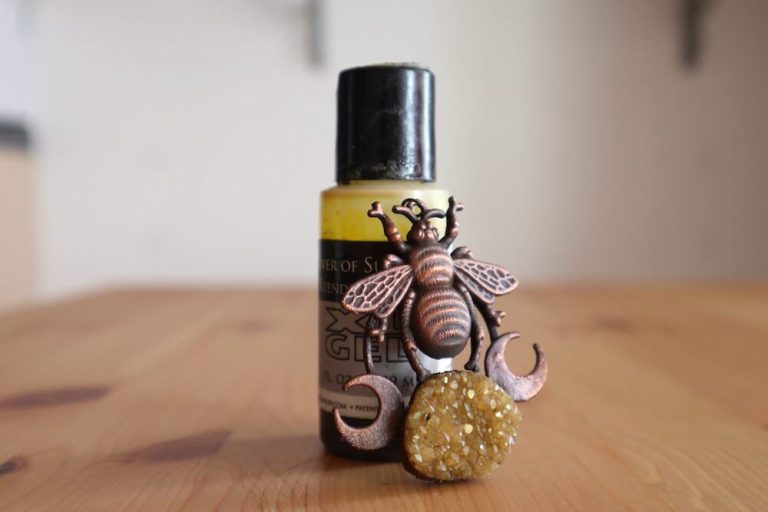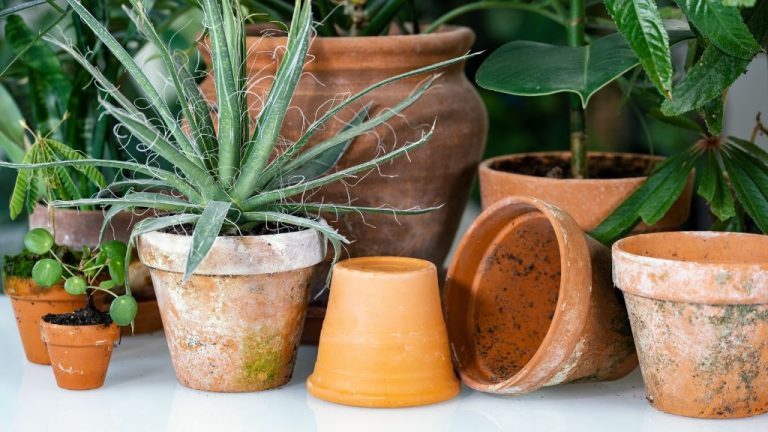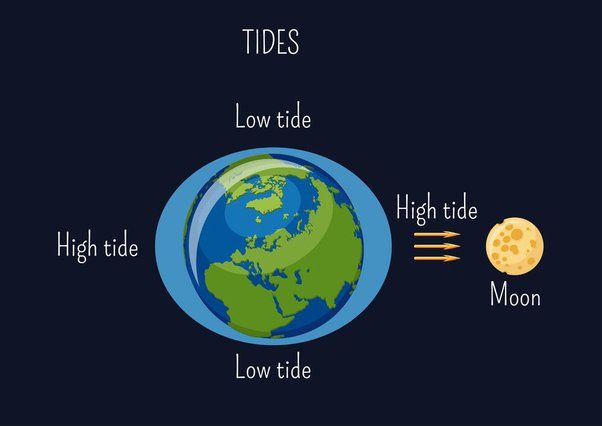Is Molding Clay The Same As Air Dry Clay?
Definition of Molding Clay
Molding clay, also known as ceramic clay or potter’s clay, is made from natural clay materials like kaolin or bentonite clay. It contains no additives and requires firing in a kiln to harden and become ceramic. The firing process chemically transforms the clay by sintering the material and hardening it permanently. Molding clay, when unfired, has high plasticity and workability. It can be shaped, sculpted and molded when wet and retains its shape as it dries. However, the models and sculptures made from unfired molding clay are fragile and temporary. Only when fired at high temperatures (over 1000°C) does the clay become vitrified, dense and permanently hardened.
Definition of Air Dry Clay
Air dry clay is made from clay mixed with other materials like glue or plaster. Unlike typical modeling clays that require firing in a kiln, air dry clay hardens through the evaporation and absorption of moisture in the air. According to 2wards Polymer Clay, air dry clay typically has a lightweight, soft, and spongy composition that makes it easy to mold and shape.
Main Ingredients
The main ingredients in molding clay and air dry clay are quite different:
Molding clay is usually made from natural clays like kaolin. It may have additives like grog (ground firebrick) to improve texture and strength or coloring added for effect. Molding clays are 100% clay with no non-clay ingredients.
Air dry clay, on the other hand, contains clays plus other ingredients like plaster, white glue, and cellulose. These added ingredients allow the clay to harden at room temperature without firing. A typical air dry clay recipe might contain clay, plaster of paris, wood glue, and paper pulp or sawdust.
So while both contain clay, air dry clays have additional ingredients that enable the air drying properties. Molding clays rely solely on high-quality natural clays.
Drying and Hardening Process
Molding clay needs to be fired in a kiln to fully harden. The initial drying process removes moisture from the clay, but it remains soft and workable. Firing at high temperatures between 215°F and 300°F will vitrify and permanently harden the clay.1
Air dry clay hardens naturally through drying alone. The drying process causes the water in the clay to evaporate over time. Air dry clay will dry and harden at room temperature without any additional heat required. Drying times can range from 24 hours to a few days depending on the thickness of the clay.2
Workability and Plasticity
Molding clay is very plastic and malleable, allowing it to be shaped and reshaped multiple times without drying out or becoming damaged. This high level of plasticity makes molding clay extremely workable for sculpting projects where you want to rework and refine the details. Even after setting untouched for a while, molding clay remains soft and can be manipulated again without cracking or losing its form.
In contrast, air dry clay is less plastic than molding clay. While air dry clay can be reshaped and reworked to some degree, manipulating it too much can cause cracking or permanent damage once it starts drying. Air dry clay sculptures are best shaped initially and then left to set without extensive reworking. The plasticity decreases as air dry clay begins to cure, so there is a more limited window for making changes compared to molding clay.
Durability
Fired molding clay is very durable due to the firing process which vitrifies the clay. According to a Reddit post in r/Pottery, fired stoneware clay can be extremely durable and last a very long time, even longer than ancient earthenware from past societies.
Air dry clay is less durable over time compared to fired clay. According to Soul Ceramics, while air-dry clay can produce sturdy pieces if handled carefully, the finished products are not as durable as fired ceramics. Air dry clay remains porous and prone to damage from moisture and temperature fluctuations.
Uses
Molding clay is often used for pottery pieces and durable sculptures that need to withstand the elements and last a long time. The materials in molding clay result in a durable finished piece after firing in a kiln. Molding clay has been used for centuries to create functional pottery as well as sculptural pieces for both indoor and outdoor display (Source).
Air dry clay is popular for craft projects, decorative pieces, and temporary sculptures that don’t require the same level of durability. It air dries at room temperature into a solid but fragile material. Air dry clay is easy to work with and readily accessible to hobbyists and crafters. Common uses for air dry clay include making jewelry, ornaments, decorative wall plaques, dollhouse miniatures, and other display crafts that don’t need to hold up to heavy use or outdoor conditions (Source). The finished product is relatively lightweight and may chip or crack if subjected to stress.
Availability
Molding clays are typically sold at art supply stores and online retailers that specialize in sculpting materials. Since molding clays require firing in a kiln to harden, they tend to be found at stores catering to ceramic artists rather than general craft stores.
Air dry clays are much more widely available than molding clays. They can be purchased at large craft stores like Michaels and Joann Fabric as well as big box retailers like Walmart and Target. The accessibility and convenience of purchasing air dry clays from mainstream stores has contributed to their popularity for craft projects and amateur sculpting.
Cost
Molding clays tend to be more expensive than air dry clays. According to Artist’s Choice: Epoxy vs Air Dry Clay for Sculpture, a package of Creative Paperclay (453g or 1lb) costs around $16, while a package of air dry clay can cost under $10. The higher cost of molding clays is due to the more specialized ingredients and production process required to create clays that can be hardened in a kiln.
In contrast, air dry clays are relatively inexpensive, with many brands selling for under $5 per package. The low cost makes air dry clays ideal for beginners, children, and hobbyists who want to try sculpting without a big investment. The lower price point allows artists to experiment with different types of air dry clays to find the one they prefer working with.
Summary
Molding clay and air dry clay have a few key differences. Molding clay typically contains natural clays like kaolin along with fillers and hardeners. It requires heat from an oven to permanently harden. Air dry clay contains cellulose-based polymers along with fillers and hardeners and cures through evaporation.
Molding clay is often more pliable and workable than air dry clay. It won’t dry out when exposed to air like air dry clay can. Molding clay finished pieces will be more durable and heat/water resistant. The downside is molding clay requires access to a kiln or oven to fully harden finished projects.
Air dry clay is convenient since it cures and hardens at room temperature over time. It’s easy to make quick crafts and decorations with air dry clay. However, the finished pieces will be less durable than molding clay and can become brittle over time. Air dry clay also has a shorter shelf life if not sealed properly.
In summary, molding clay works best for more serious sculpting work, detailed pieces, jewelry making, and items like dishes/mugs that require durability. Air dry clay is ideal for crafts, decorations, toys, and other non-functional items that don’t need to withstand heavy use.



